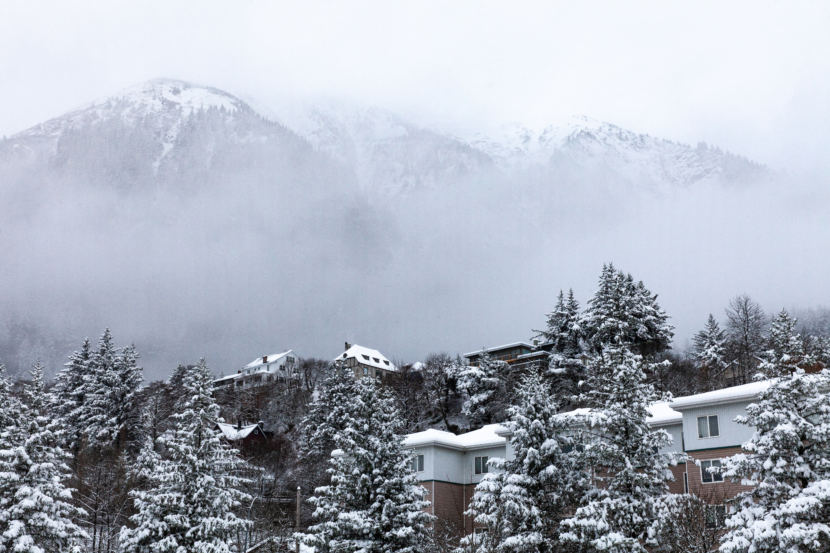
Alaska is fully into fall now, which means winter is right around the corner. And that, of course, means pondering what sort of temperatures and snow we’ll see in the months ahead.
Climate researcher Brian Brettschneider with the National Weather Service has predictions for winter, as well as the implications for Arctic sea ice.
Brettschneider says La Niña events typically involve less precipitation over winter but lower temperatures often play a big role in the production of snow. He says temperatures seem to be the most affected.
“So if we had to pick one or the other, temperature or precipitation, that is most likely to be impacted the most by a La Niña, temperature is most likely to show a response to those conditions,” Brettschneider said.
Meantime, the extent of Arctic sea ice recently measured at its second-lowest on record. Brettschneider says that is partially to blame for winter starting later and ending earlier.
And even though the weather outside might be getting colder in the short term, Brettschneider said that this time of year — year after year — is warming the fastest.